Where to get started
Training for your first half-marathon or marathon distance running event may seem daunting, but like any long-distance endurance event, it takes consistency, patience, and plenty of time on your feet to get your body ready for race day!
Of course, it’s not just the time on your feet that matter – recovery is a very important part of the process as well. Taking care of your body both while you’re active and while you’re resting is important, so don’t skimp on the relaxation side of things either!
Whether you’re toeing the start line of the Athletic Brewing Company Fairfield Road Races or another race, we’ve got you covered with tips to help get you started, wherever you are starting! (As always, be sure to check with your medical provider before starting any training program!)
New to running?

Photograph by Lauren Zumbach (@lauren.zumbach)
If you’re new to running and your goal is to run a marathon – we salute you! It’s a tough endeavor, but we know you can do it!
For new runners and seasoned runners alike, the best thing to do is to start small and start where you are. Doing too much too quickly can cause injury, which will only push you further away from your goal.
How small is small? That all depends on where you’re starting from, of course! If your weekly mileage is little to none, you’ll want to build up slowly. Start by getting a new pair of running shoes – your local running store can help you pick out the right pair – and get out there to run and/or walk in them.
A running gait analysis is also great for new runners, as this can help identify any areas you may need to work on that may cause you injuries in the future. Often, minor imbalances can be fixed with proper stretching, strength work, and intentional movement. Most running stores offer a basic version of this for customers; there are also physical therapists or sports professionals who might do this in your area as well. This is often at an increased cost, but it will likely provide a more detailed analysis along with a custom exercise program for improving it.
If you run more regularly, start by maintaining consistency in your training days and mileage. As paid athlete Ken Rideout says, “Consistency is key. Show up every day and put in the work.” You won’t want to go out and overdo it – as you likely already know – but you will want to make sure you have a slow but steady progression up to your goal mileage, and that will take focus and dedication over the coming months.
Don't forget to have a good running playlist (here's our team's!) or podcasts in your back pocket.
How to build mileage

Injury is common in runners, so to avoid that, you’ll want to be extra careful as you build up your base and your body to handle a higher workload.
If you have any pain, stop running, reduce mileage, and stick to walking until the pain subsides. It’s also a good idea to see a doctor if the pain lasts for more than a day or two, is severe, or comes back on a consistent basis.
Every runner is different, but a good rule of thumb to follow is only to increase your mileage a percentage each week. If you’re starting from scratch, stick to low mileage. Try to find a place that feels manageable.
If you’re a more seasoned runner, then you likely know what your base mileage is. From there, try to start increasing it slowly and steadily.
Following a plan can really help you stay on track. For true beginners, we recommend starting with a simple couch to 5K program, followed by an intermediate 10K program to build up a solid foundation, and then progressing to a half marathon training plan.
Rest and recovery

Just how much rest and recovery you need during each phase of training will be different for each runner. It will also likely require a little bit of trial and error on your part to understand where you are and what you need on any given day.
You don’t need any fancy recovery tools – though a foam roller wouldn’t hurt! Often, the key to recovery is just a day or two of not running.
Other helpful things for recovery include light stretching or yoga, mindfulness practices like meditation or breathing exercises, a light walk, and a balanced diet.
As an ultra runner, Ken also mentions, “I’m a big believer in active recovery. When I’m sore or tired I move my body. Usually easy jogging, but rowing or cycling are both excellent recovery exercises.”
Since you are training more, you might need a little extra protein or carbohydrates in your diet, but it’s not a free pass to go all-out on eating! Be mindful of the quality of what you’re consuming, and any concerns can be addressed by a doctor or registered dietician.
Preparing for race day
You’ve put in the training, and now the race is just days away! How exciting!
Now is not the time to panic train – you’ll want to reduce your training for the week leading up to your race so that you’re recovered and fresh for the big day. Excess training here will likely reduce your performance rather than enhance it, so resist the urge to go out for an extra long run. Stick to recovery-focused training.
This is a great time to get your race day kit ready. Think about your gear: What shorts, top and socks will you wear? What will the weather be like? What is the terrain of the race course?
Many variables factor into what you’ll need on race day. If you’re unsure how the different variables affect you, then it may be a learning experience for you, and it’s best to prepare as well as you can, but also keep in mind that there may be things that you don’t anticipate that could potentially cause some issues.
Nothing is ever fully in our control – that’s part of racing! But the more you practice and learn, the more you will get better at anticipating what you need on race day.
Celebrating at the finish line

You conquered the course, congratulations!
Let’s celebrate a strong finish with your favorite non-alcoholic beer! If you’re at the Athletic Brewing Company Fairfield Road Races, you can grab an ice-cold Athletic right at the end of your race.
Sounds pretty amazing, right?
Even if you’re doing a different race, we’ve got plenty of running fans across the globe who love an ice-cold NA beer to celebrate the end of a tough day out on the course. Just look at these incredible ambassadors on race days!


No matter the distance or where you started from, now is the time to be proud of all the hard work you put in. Enjoy the moment!
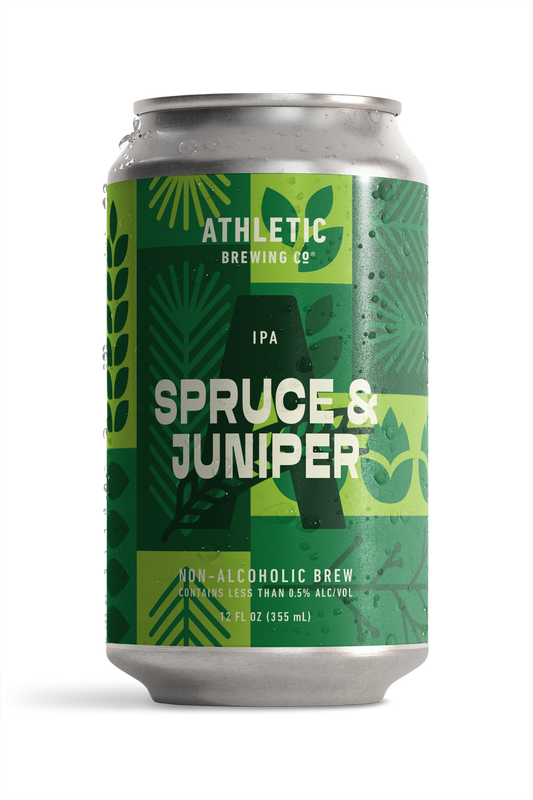

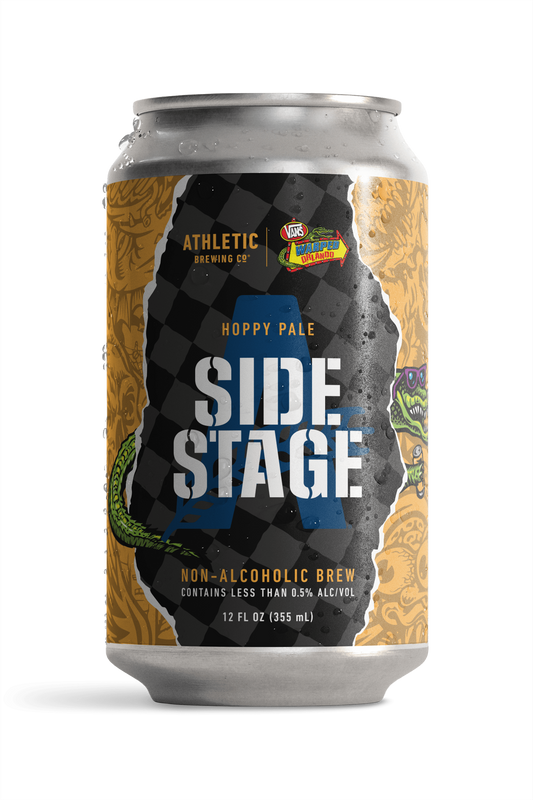

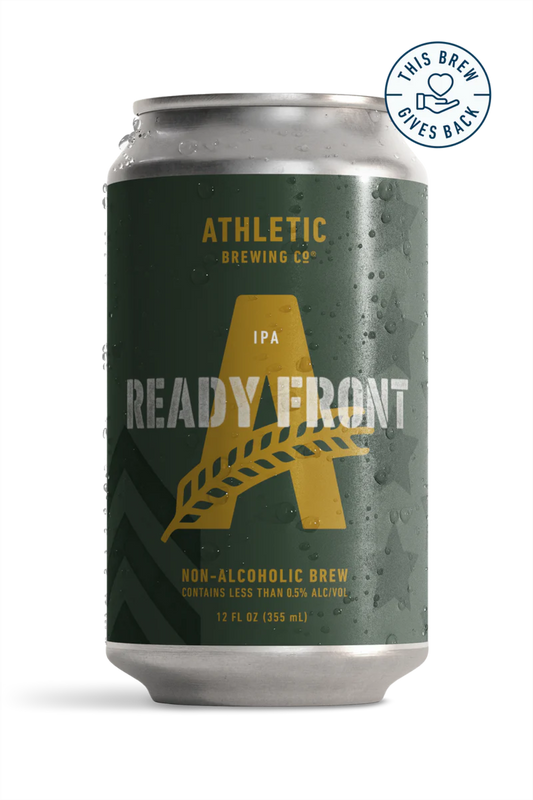
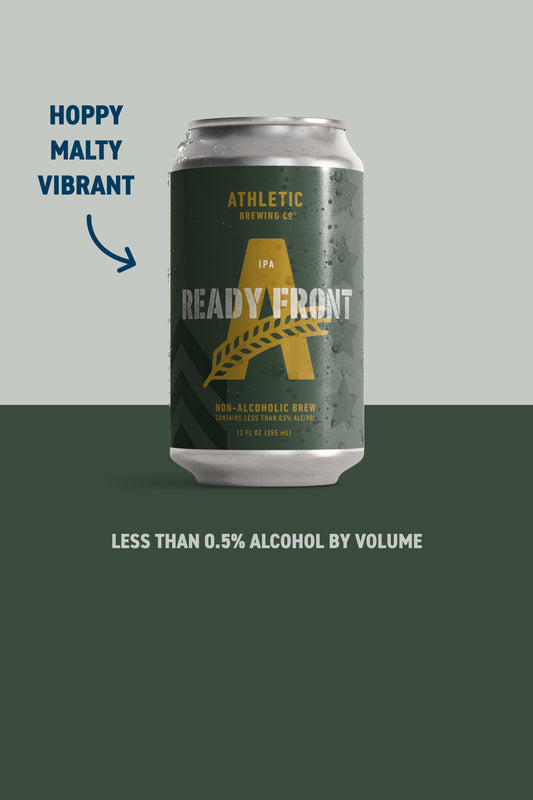
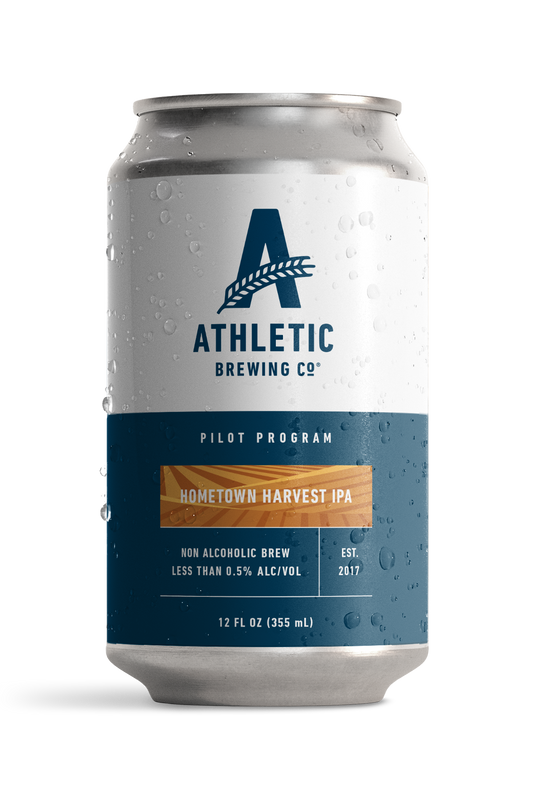
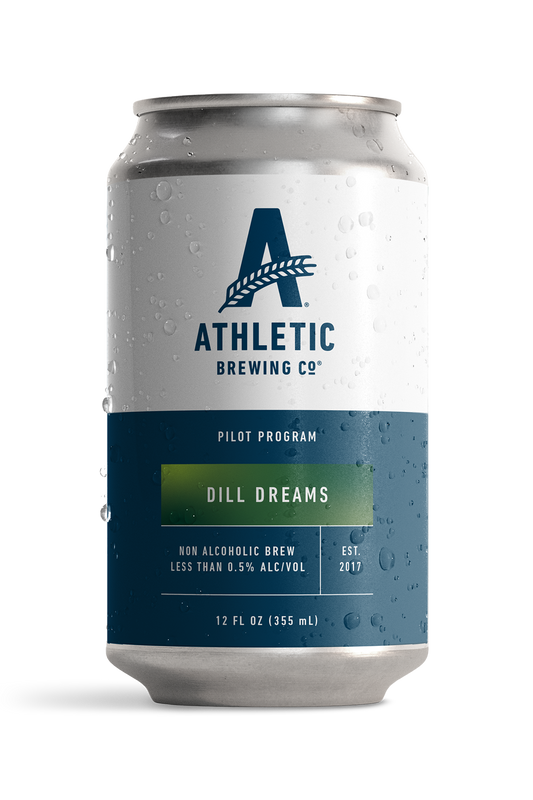

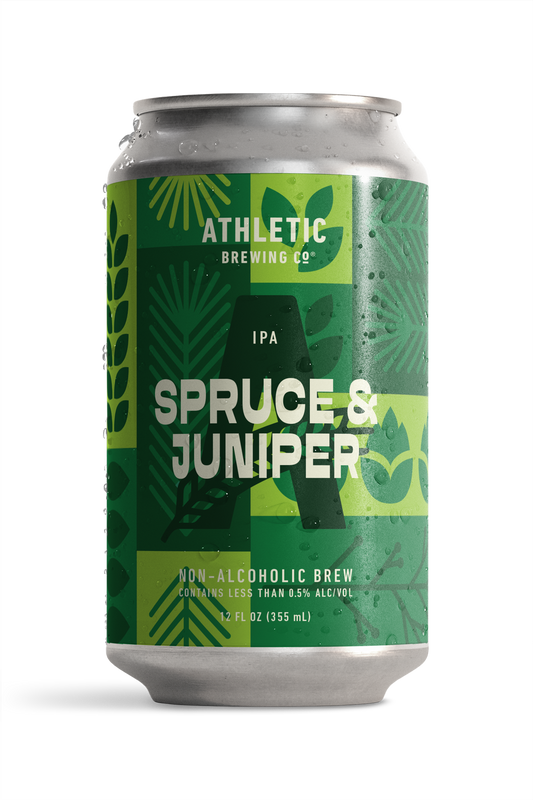
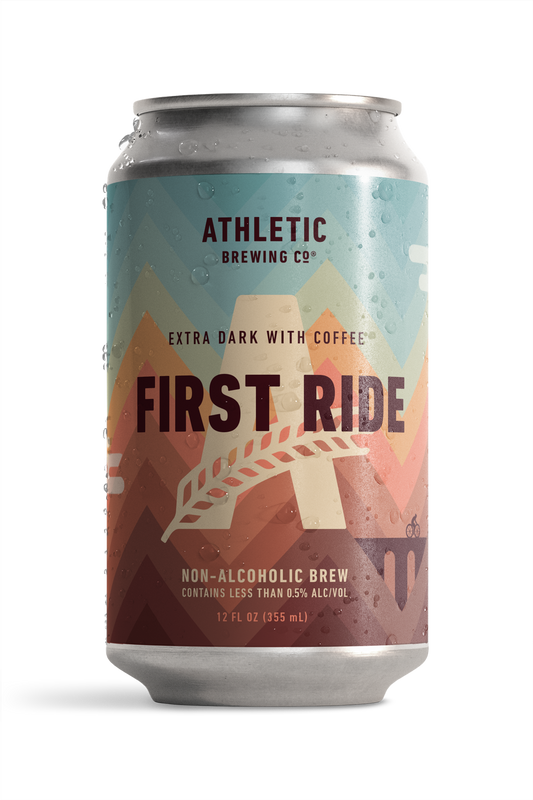
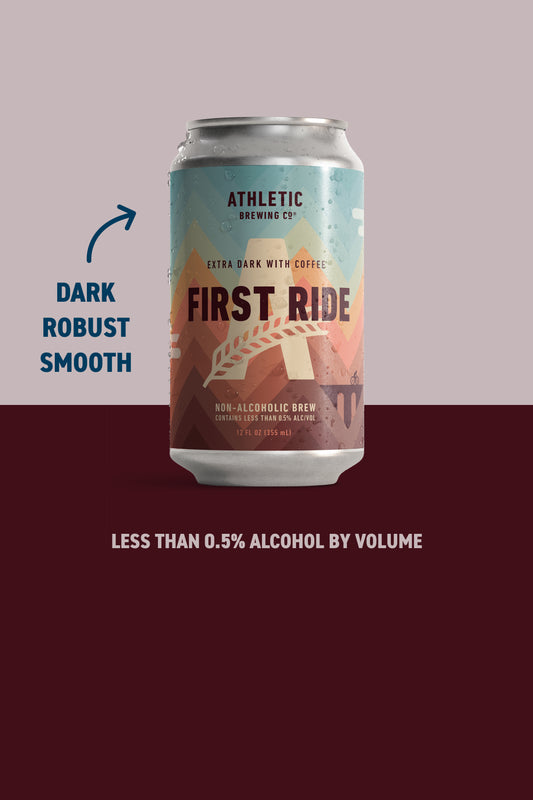











 Your Privacy Choices
Your Privacy Choices











